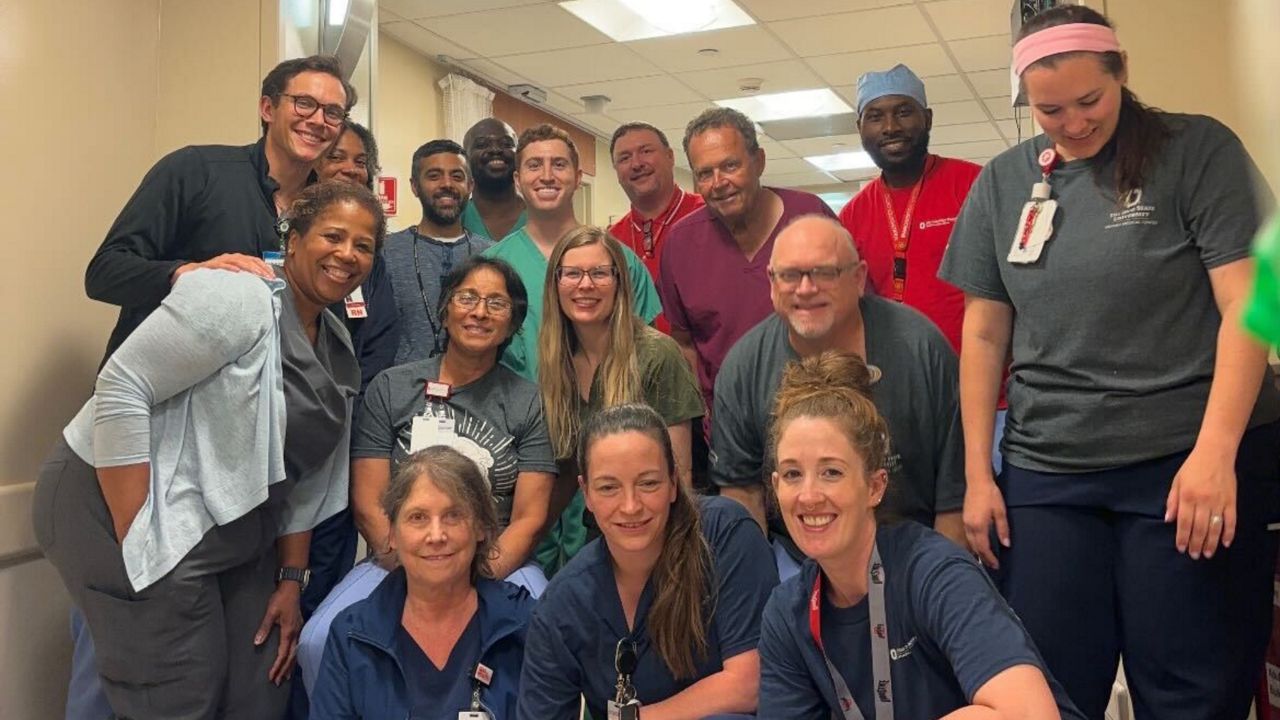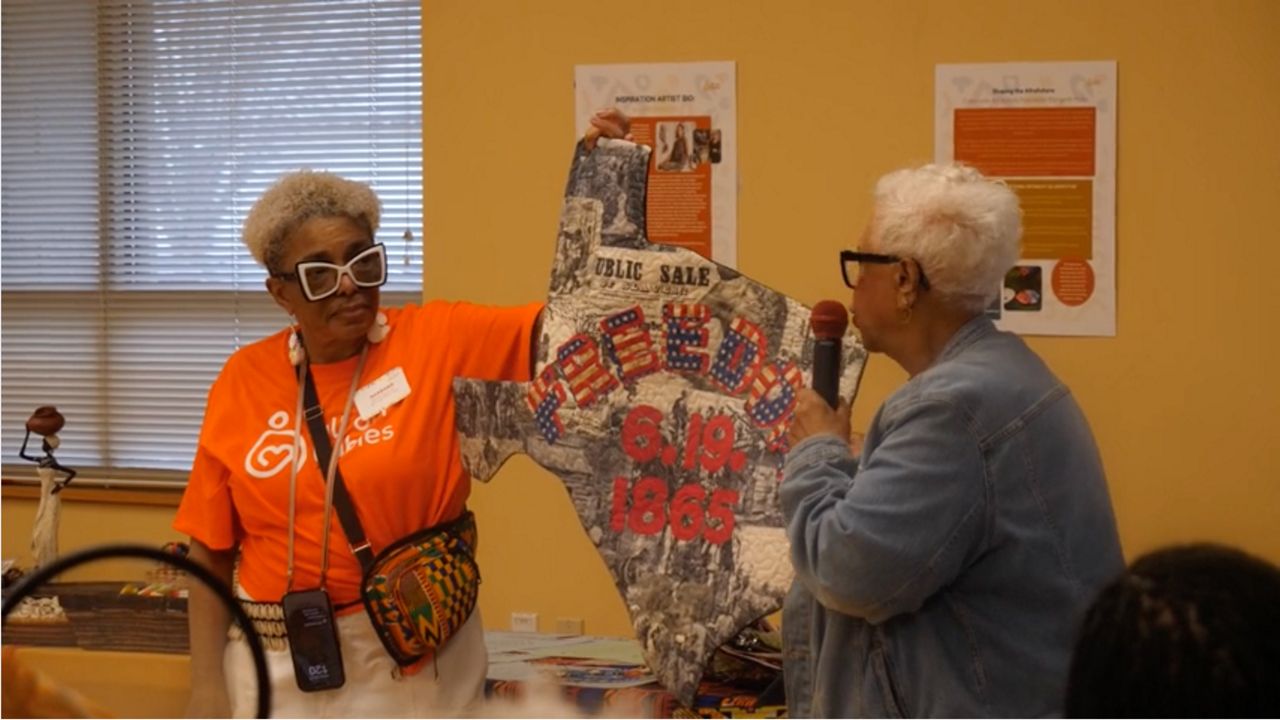DAYTON, Ohio — Since the holidays, coronavirus cases have been surging across Ohio and the United States, impacting more children than ever before. Pediatric hospital admissions are rising as well, with the Ohio Department of Health reporting more hospitalizations of those younger than 18 years old than at any point during the pandemic.
For many though, those factors haven’t been enough to move the needle when it comes to getting the youngest members of the family vaccinated. Across the country, vaccination rates for kids ages 5-11 have plateaued.
What You Need To Know
- Vaccination rates for those ages 5-11 year old in Ohio lag behind the national average
- After the holidays, childhood hospitalizations rapidly increased in Ohio
- Vaccination rates are higher closer to city centers and lower in rural counties
- Public health officials said mistrust and confusion are slowing the vaccine rollout
- Officials hope one-on-one conversations will move the needle
The Centers for Disease Control report less than 20% of kids aged 5-11 are fully vaccinated and the number is even lower in Ohio, where 17% of eligible kids have gotten both shots.
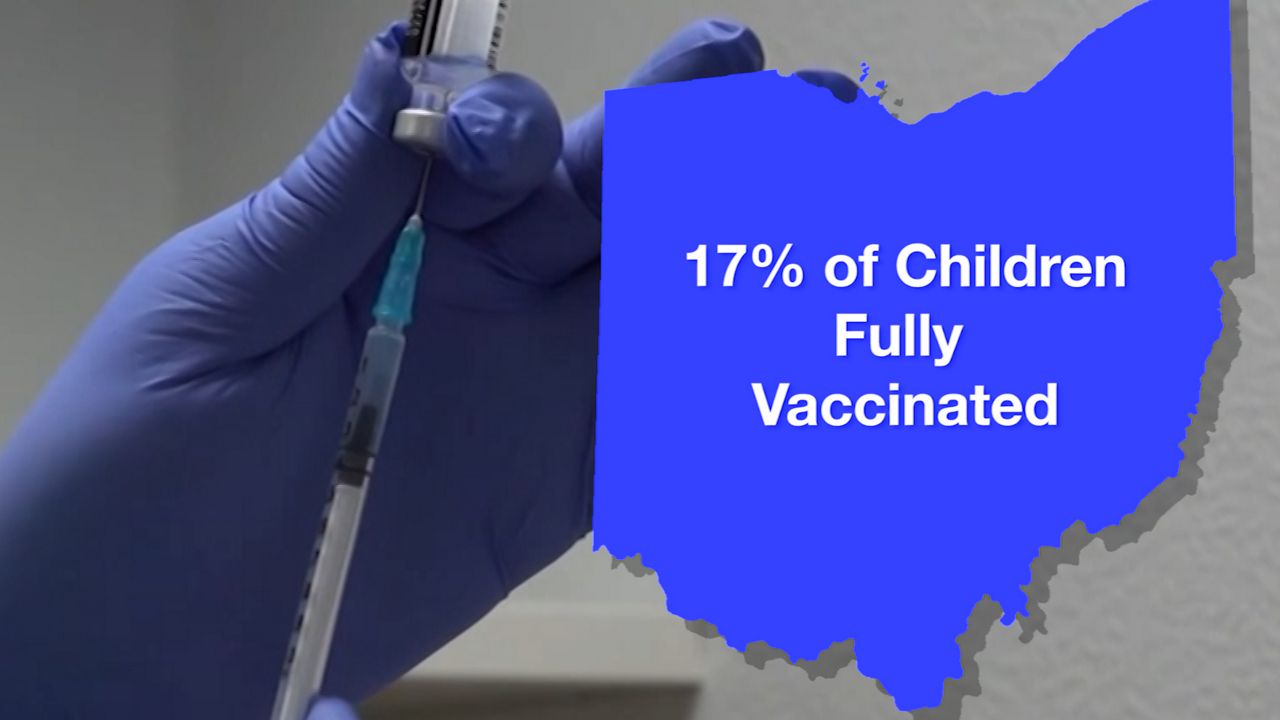
Those numbers vary dramatically by county as well. Close to city centers and suburbs, pediatric vaccination rates are higher with Delaware, Union and Warren counties leading the way with more than one-in-five children vaccinated. At the same time, in 27 of the state’s mostly rural counties, the vaccination rate is less than 5%.
Vaccine rollout amid peak hospitalizations
At Dayton Children’s Hospital, Dr. Adam Mezoff, the chief medical officer said the system has hosted vaccination clinics five days per week, set up mass vaccination sites and visited schools to offer the shot. Yet, despite the hospital’s efforts, Montgomery County’s vaccination rate for kids aged 5-11 is just less than 15%.
“Getting your children vaccinated is an important and often challenging decision for parents and I can appreciate that,” he said. “What we have sought to do is ensure the reason is not accessibility.”
At the same time, Dr. Mezoff said there’s a sense of urgency as more and more kids start coming through his doors for COVID-19 treatment.
“On Dec. 27, in our hospital, there were four children with COVID and I believe there are 27 today,” he said. “In the course of say three weeks, we’ve had a five-fold increase.”
At TriHealth in Cincinnati, Dr. Denise Warrick reported a similar trend.
“We get updates on a daily basis across the community and the numbers are much higher than we’ve seen for the past two years,” she said.
In terms of raw numbers though, pediatric hospitalizations and deaths still pale in comparison to those for adult coronavirus patients.
While the omicron variant appears to impact more children than any previous iteration of the virus, Warrick said there’s still a perception it poses a minimal threat to those younger than 11, while the truth is more kids are getting severely sick than ever before.
“It’s very difficult to predict which child is going to be lucky and have a mild illness and which child is going to have more severe effects,” she said.
Additionally, with more than 40 million children younger than 11 in the United States, Warrick said pediatric vaccinations would play a significant role in building up herd immunity, slowing the spread for adults as well.
“It will help prevent other more vulnerable members of the family from getting sick,” Warrick said.
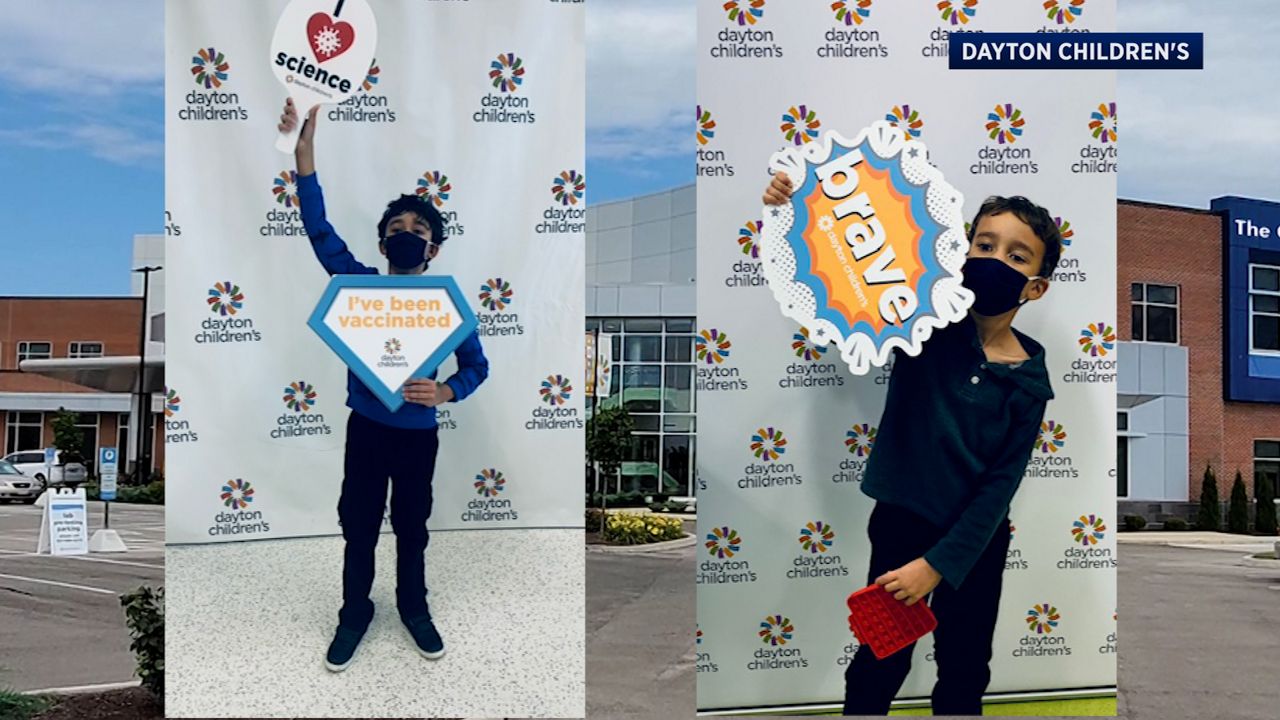
“You think of the worst-case scenario”
For some parents, like Shannon Miller, a small chance their kids could get sick was enough to seek out the vaccine.
“I mean, I read the news stories of children getting sick and children dying and anything I could do to prevent the worst-case scenarios and the worst outcomes I was definitely going to do,” she said.
At the same time, the mother of two had her fair share of concerns.
“I mean, when I first heard about vaccines for adults, I was thinking, ‘Ooh, I don’t know about this. It’s kind of soon,’” she said.
Mixed messages, misinformation and concerns about potential side-effects of the vaccine made Miller hesitant to get her first shot and even more nervous about her kids. Once again, as a parent, she said her mind went to the worst-case scenario.
“You’re thinking please don’t let them have bad symptoms or a bad reaction,” she said.
One of the biggest concerns circulating social media regarding pediatric vaccinations is myocarditis, or inflammation of the heart muscle. The CDC found it was a rare, but serious side-effect mostly impacting young men aged 16 years and older.
Doctors acknowledge the risk can be concerning to parents, but studies show myocarditis is also a potential side-effect of coronavirus infections as well and has shown to appear in more cases with more severe outcomes
“Ultimately, when you look at the numbers, the incidents of myocarditis as a side effect for the vaccination are incredibly low, also they are very mild,” Dr. Warrick said. “For example, it is self-resolving not anything that would require any treatment or hospitalization.”
Additionally, the CDC reports myocarditis appears to be an even rarer reaction to the pediatric vaccine. Of the eight million doses administered, there have been 11 confirmed cases of myocarditis.
Moving the needle
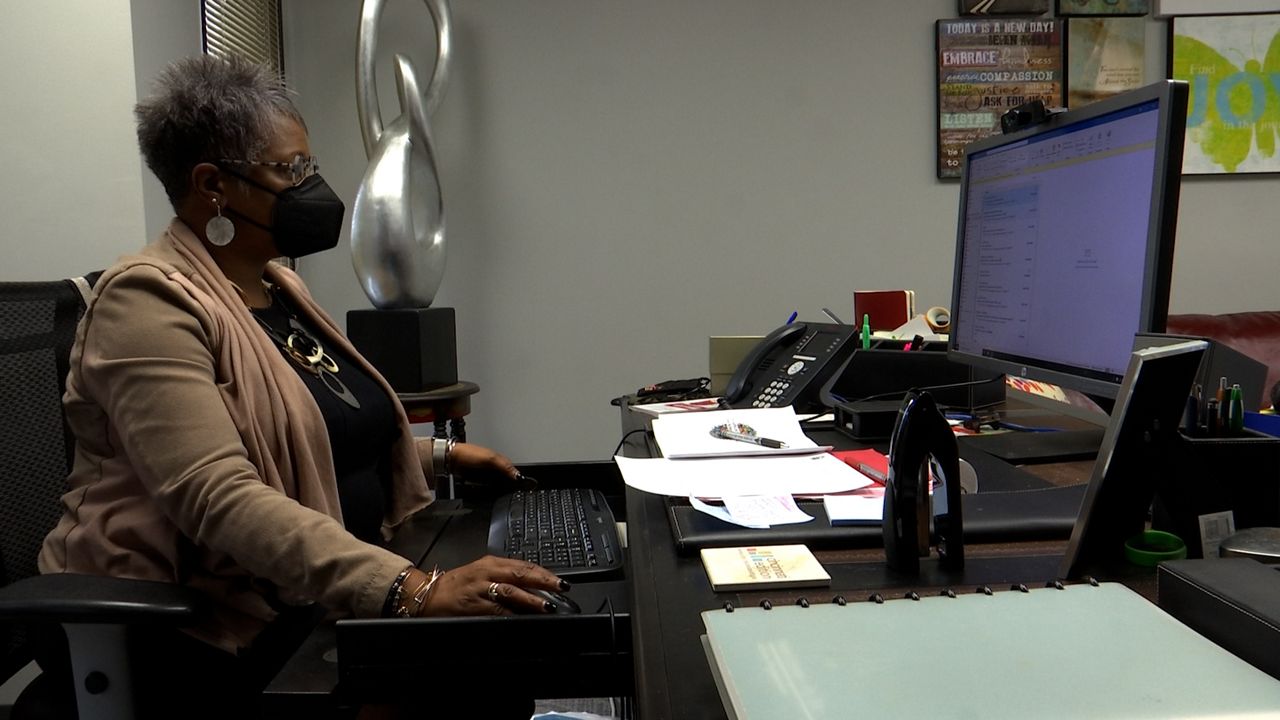
For many families though, weighing the concerns of a rare severe COVID-19 case and a rare adverse vaccine reaction can be difficult amid a world where conflicting perspectives whether true or false are so widely available.
Renee Mahaffey Harris, president and CEO of the Center for Closing the Health Gap in Cincinnati, has been studying the reasons behind vaccine hesitancy, particularly among minority populations. She said for many it comes down to historic distrust in the government and medical systems.
“There’s decades and centuries of history to support the reasons for mistrust. That’s why I think it’s going to take time,” she said.
There was also a disconnect between steps adults were willing to take for themselves and what they were willing to do for their children.
“I think people are hit with so many different points of opinion that that opinion makes you doubt and you don’t want to do anything to jeopardize your child,” she said.
Among the 168 participants in the study, more than half had received the vaccine, but when it came to families with children, 87% said they would never get their children vaccinated.
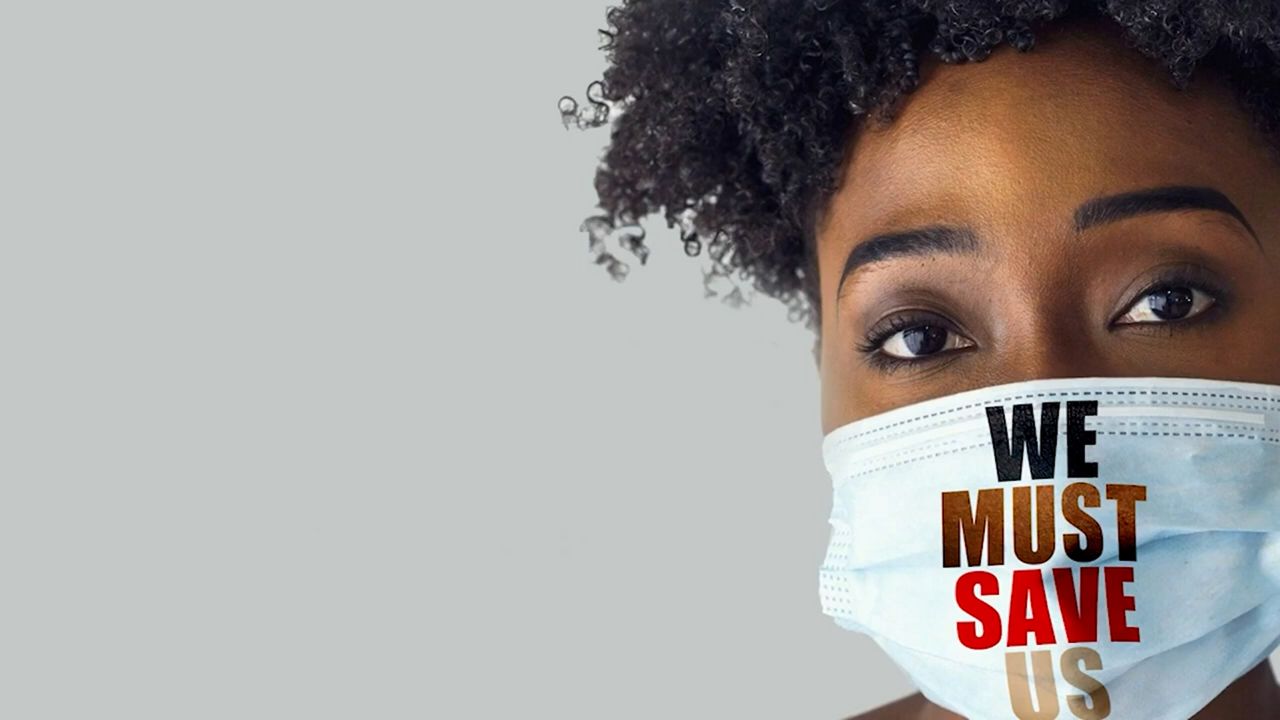
“It was really interesting to hear our parents say, you know, 'I’m vaccinated, but I’m not going to get my child vaccinated because my immune system is stronger than theirs,'” Mahaffey Harris said. “Which is really the reverse, but if that’s the perception then we have a lot of work to do.”
To move the needle, Mehaffey Harris said she’s seen success with one-on-one conversations between hesitant families and people they trust.
“We did see in the study that 60% of the people who made a decision to get the vaccine made it because of their primary care physician or because someone in their family got the vaccine,” she said.
In the end, that’s what Miller said moved the needle for her. She knew a few families who had gotten their kids the shots or participated in the clinical trial, even her pediatrician’s kid, the same age as one of her sons, had taken the shot.
“If that many children that I knew of had gotten the vaccine I figured it was fine for mine,” she said.
Her nine and six-year-olds were fully vaccinated by Christmas, had little to no reactions and Miller said she has no regrets.
“Just knowing that option was out there and it provided that extra layer of protection just made me feel good about it,” she said.







